How can one practice street art without being an “invader”? What do street art and children’s hidden “treasures” have in common? How can murals and potato pancakes help build connections with locals? Street artists—and their works—answer these and other questions.
Paper Kartuli has selected three projects in which street artists delicately explore the urban landscape, leaving encrypted messages for locals and visitors, and spoke with their creators.
A Russian artist and documentarian from Nizhny Novgorod, Nikita Nomerz has been living in Tbilisi for a year and a half, working with both canvases and urban spaces. For his street art, he deliberately chooses abandoned, secluded walls—yet his works still find their audience.
“I like the textured courtyards of Tbilisi; their walls are interesting to use for integrating street art. When working in the city, I don’t see myself as an ‘invader’—rather, I fill urban voids. As a guest in this country, I can’t create works freely, as I did back home before 2022. Street art doesn’t necessarily have to ‘shout’ from the city’’s prime viewpoints—sometimes it hides in the ‘shadows.’ It’s like the childhood practice of creating hidden ‘treasures’ with small objects, which was widespread among Soviet children.
“I created a piece in an abandoned building featuring a graphic face from my series ‘Parts of a Whole.’ This series started as a street art project in 2013 and gradually expanded to include works on canvas, paper, and sculpture. It reflects my attempt to find intersections between two seemingly distant practices: studio and street art. The graphic figures and faces in the series, composed of separate elements, symbolize the process of personal formation through knowledge, life experiences, encounters, and interactions with the world around us.”
Nomerz often incorporates text into his work—sometimes as a complement to the composition, sometimes as standalone manifestos, such as Rodnoy Yazyk (location).
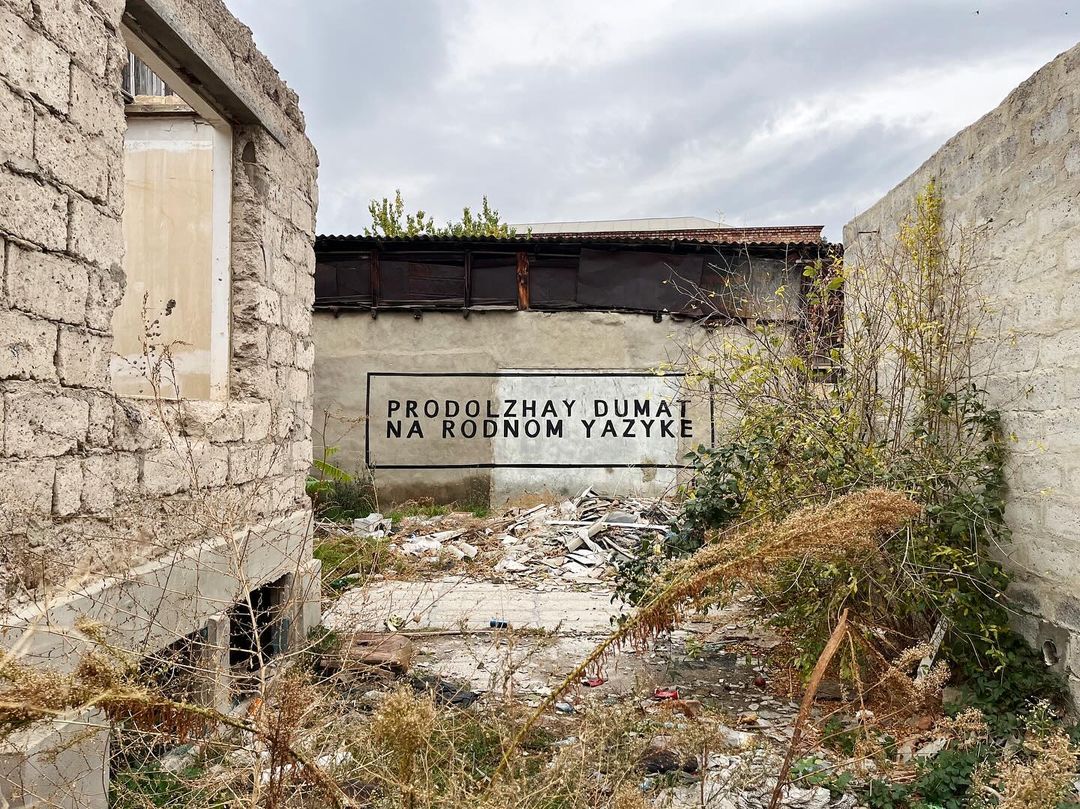
“I realize that I probably need to stop using Russian-language text in my works or somehow transform my approach,” Nikita reflects. “But how do I maintain authenticity in wordplay and meaning, which are naturally generated in my native language? How can I be relevant and understood? And who is the audience? These are questions I’ve pondered. Acknowledging the inappropriateness of Russian-language street art [in Tbilisi], yet continuing to think in my mother tongue, I eventually found a solution. I created a piece in Russian but ‘hid’ the text by writing it in transliteration. It was an attempt to blend in while still remaining myself.”
Art Yard Community is a public art project founded by Belarusian artists. The project fosters cultural dialogue through public art, urban space research, and artist support via educational opportunities. The community deliberately avoids large mural walls, instead creating art in collaboration with local residents.
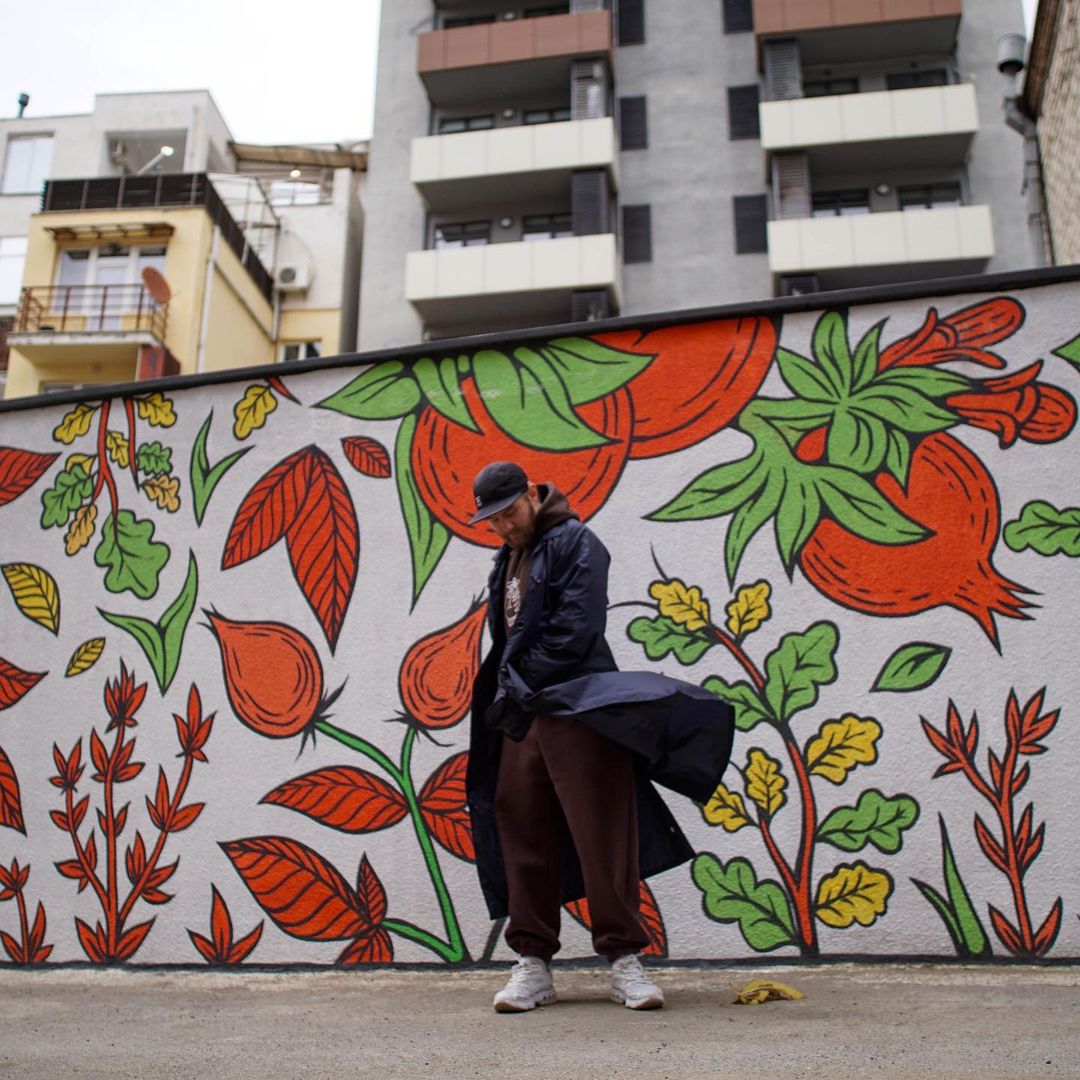
“All the stories behind our murals and the findings from our small research projects are an attempt to discover commonalities between Georgians and Belarusians—something that connects us,” says Art Yard Community PR manager Alena Gilevskaya. “These aren’t just surface-level similarities. For example, we highlighted strong female activist figures in Belarusian and Georgian literature in a collaborative mural created by Georgian and Belarusian artists in the courtyard of the Tbilisi Literary Museum. Or we used what appears to be a simple decorative plant pattern, which in reality tells a story of both nations’ aspirations for prosperity and independence—symbolized through plants that represent vitality, eternity, and revolutionary spirit. Another example is a communal feast, a deeply rooted tradition in both cultures, which the artist Zmitser depicted as a symbol of freedom.”
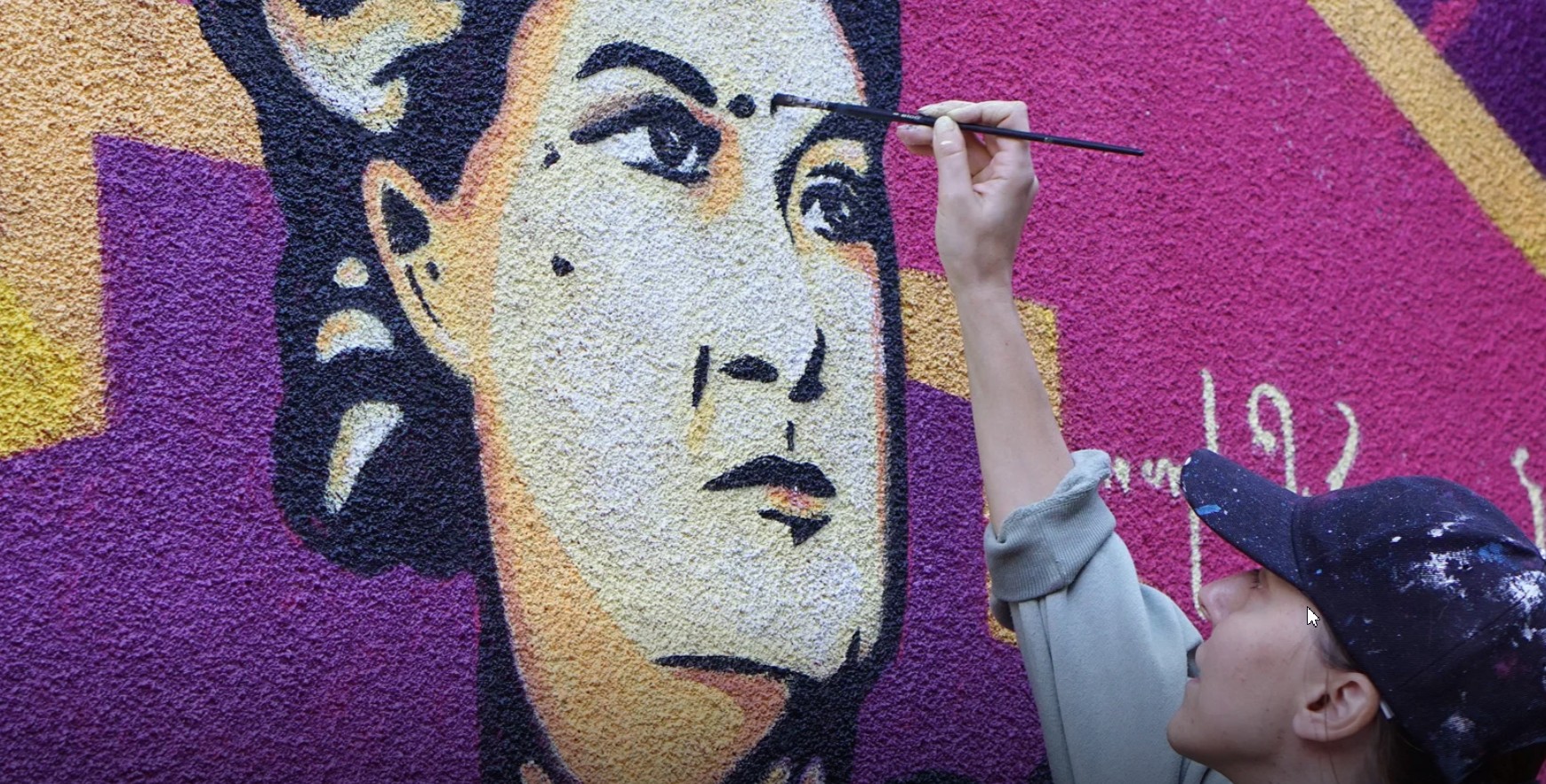
My Home is a collaborative project with Belarusian and Polish artists from Wow Wall Studio. The mural depicts a Belarusian woman with her child, who moved to Tbilisi to reunite with her husband after he was forced to leave earlier. She wears a dress inspired by traditional Belarusian painted carpets (dyvans), while the background features Georgian folk patterns. The mural was created as a tribute to Georgia for welcoming Belarusians.
During the creation of this mural, the team formed a special bond with local residents. For instance, the mother of one of the artists, who lives in Hrodna, provided medical advice to a woman from the neighborhood via phone. At one courtyard gathering, a local resident decided to fry potato pancakes herself using ingredients prepared by the team.
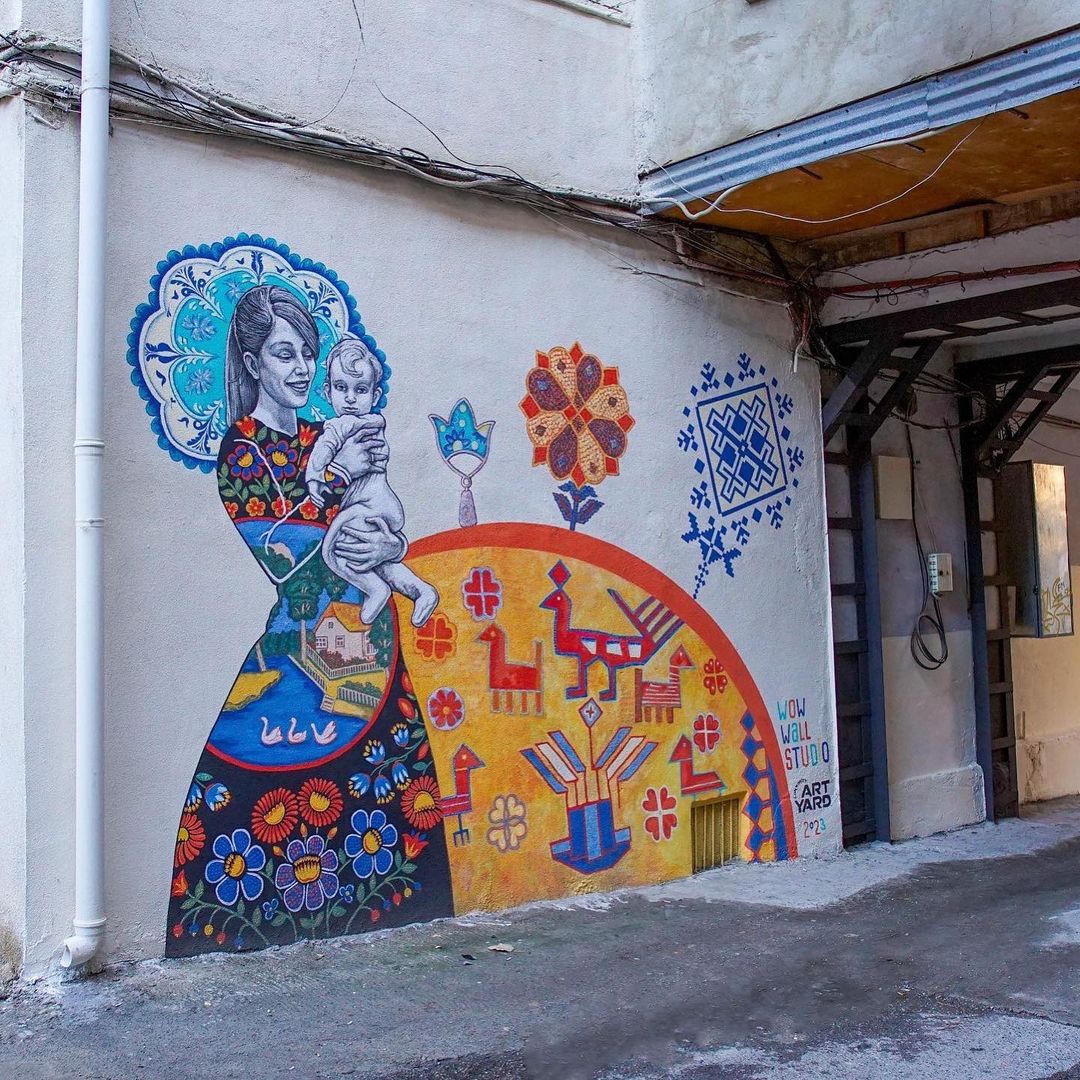
Another project took place on the famous bridges between apartment buildings on Nutsubidze Plateau—a temporary artistic “intervention” in urban space. Initially, residents resisted the idea. Art Yard Community responded by transforming the bridge into a gallery for a month, hosting exhibitions and workshops. Over time, locals grew accustomed to it and eventually approved the installation featuring a train.
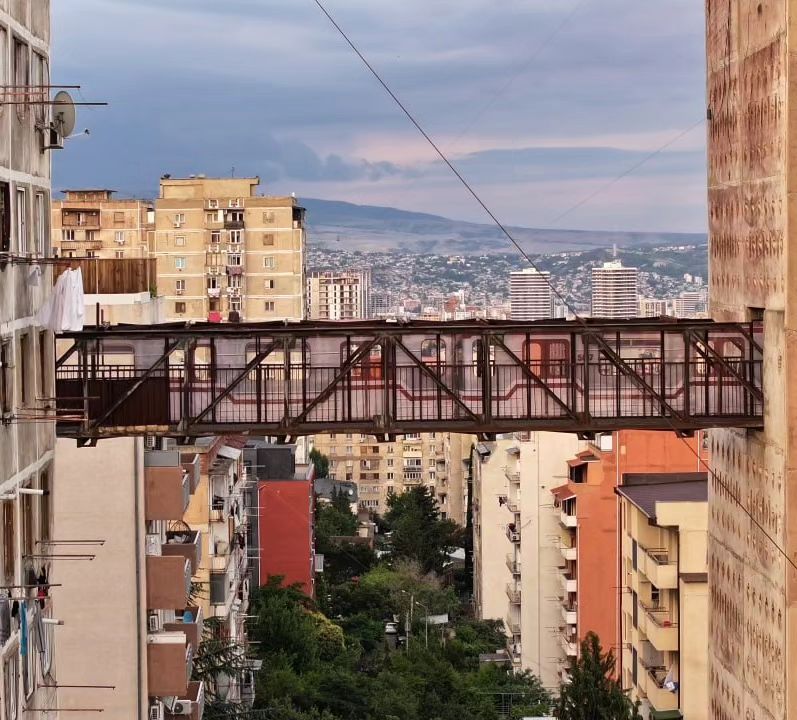
“The streets of Tbilisi serve as a medium and communication channel—they speak to us through graffiti and murals,” says Alena. “In Tbilisi, you can find inspiration just by turning a corner. That’s how we scout walls and locations—by simply walking around and talking to people.”
Georgian artist Nikusha / Tabu92 frequently incorporates national language into his graffiti, which almost always carries a political message.
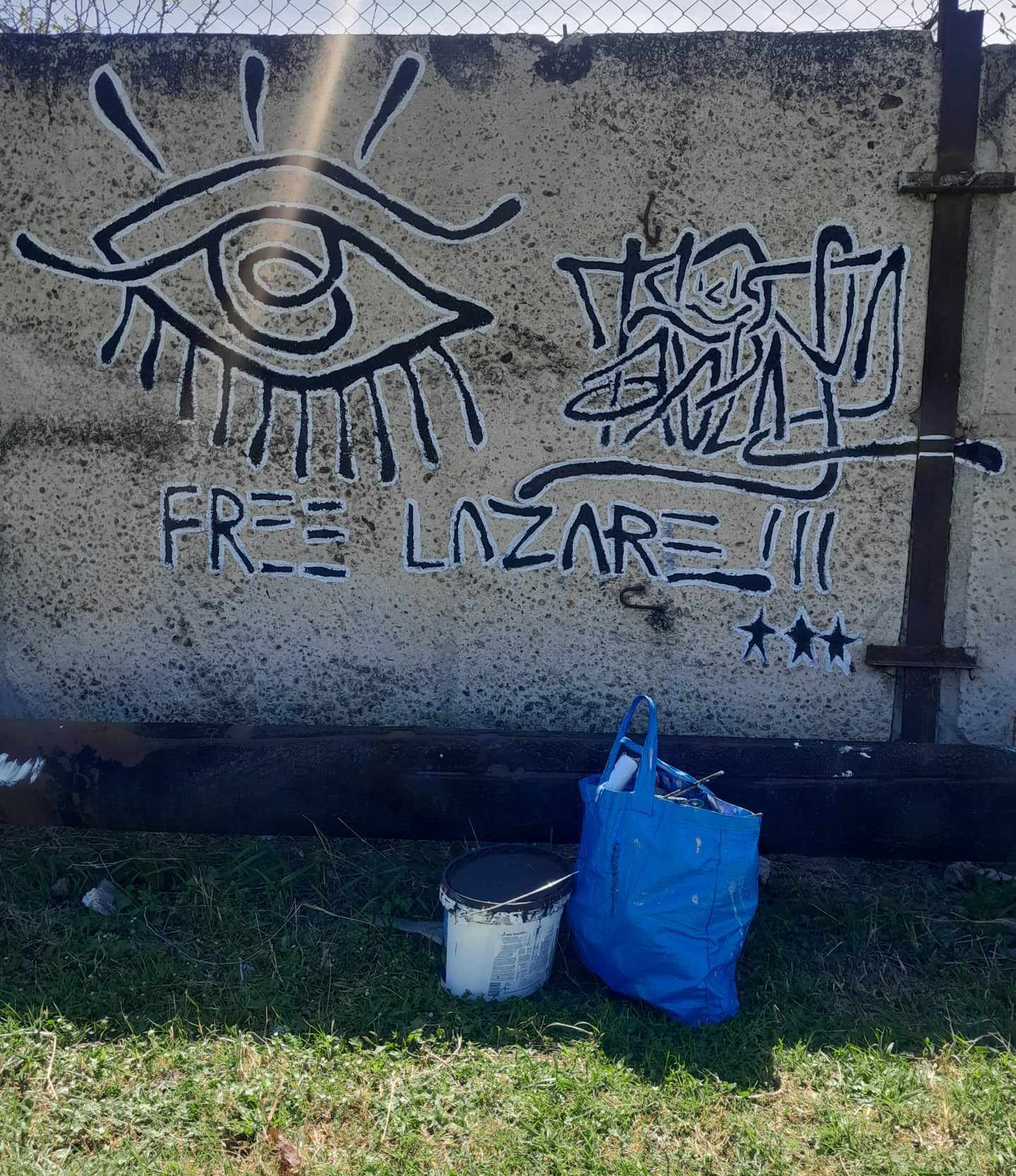
“With every piece I create, I aim to provoke at least one person to ask questions—questions that can lead to social progress,” the artist tells Paper Kartuli. “If I don’t do this, I feel dishonest with myself. This has caused me many problems, but I can’t stop.”
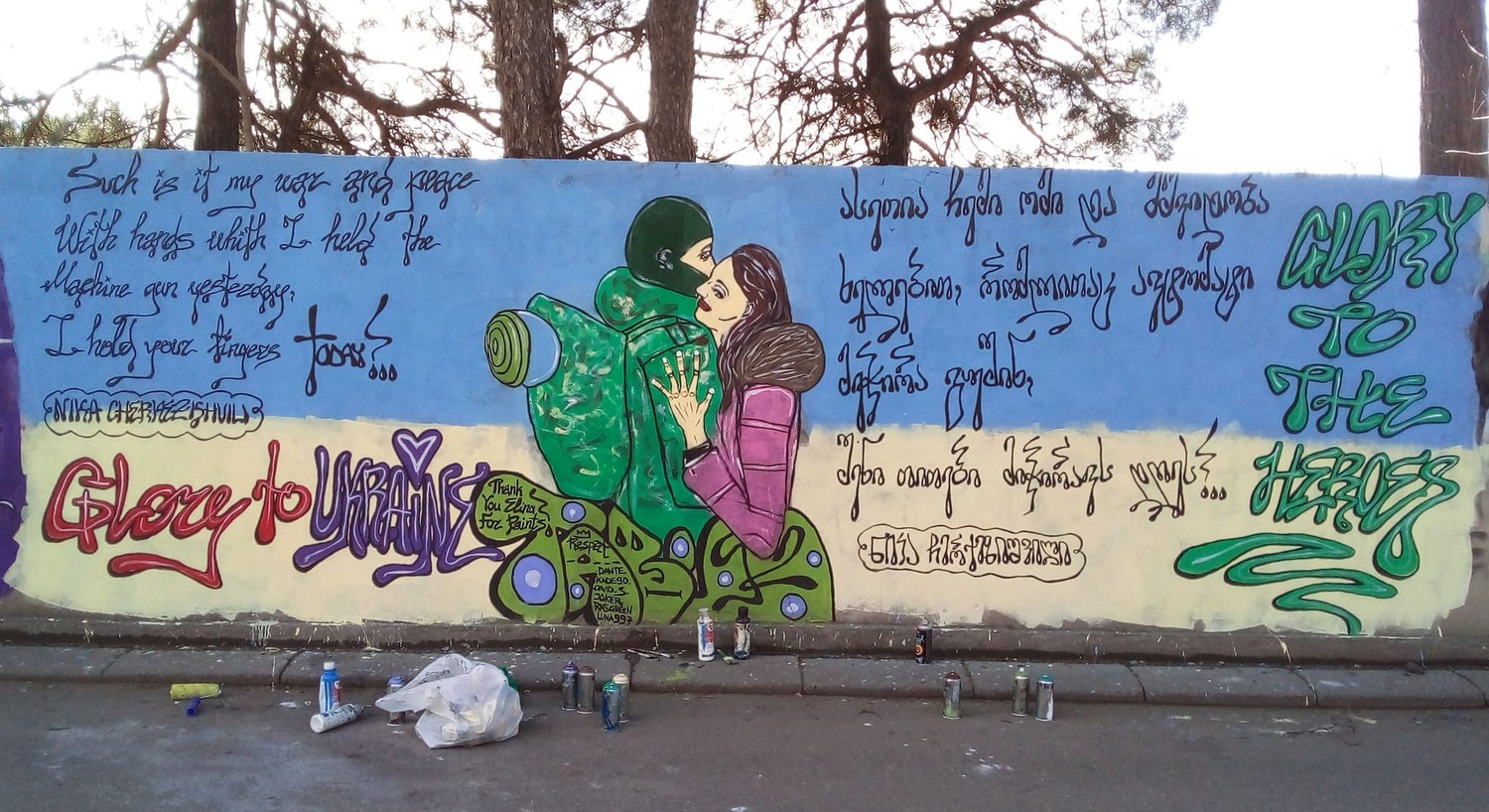
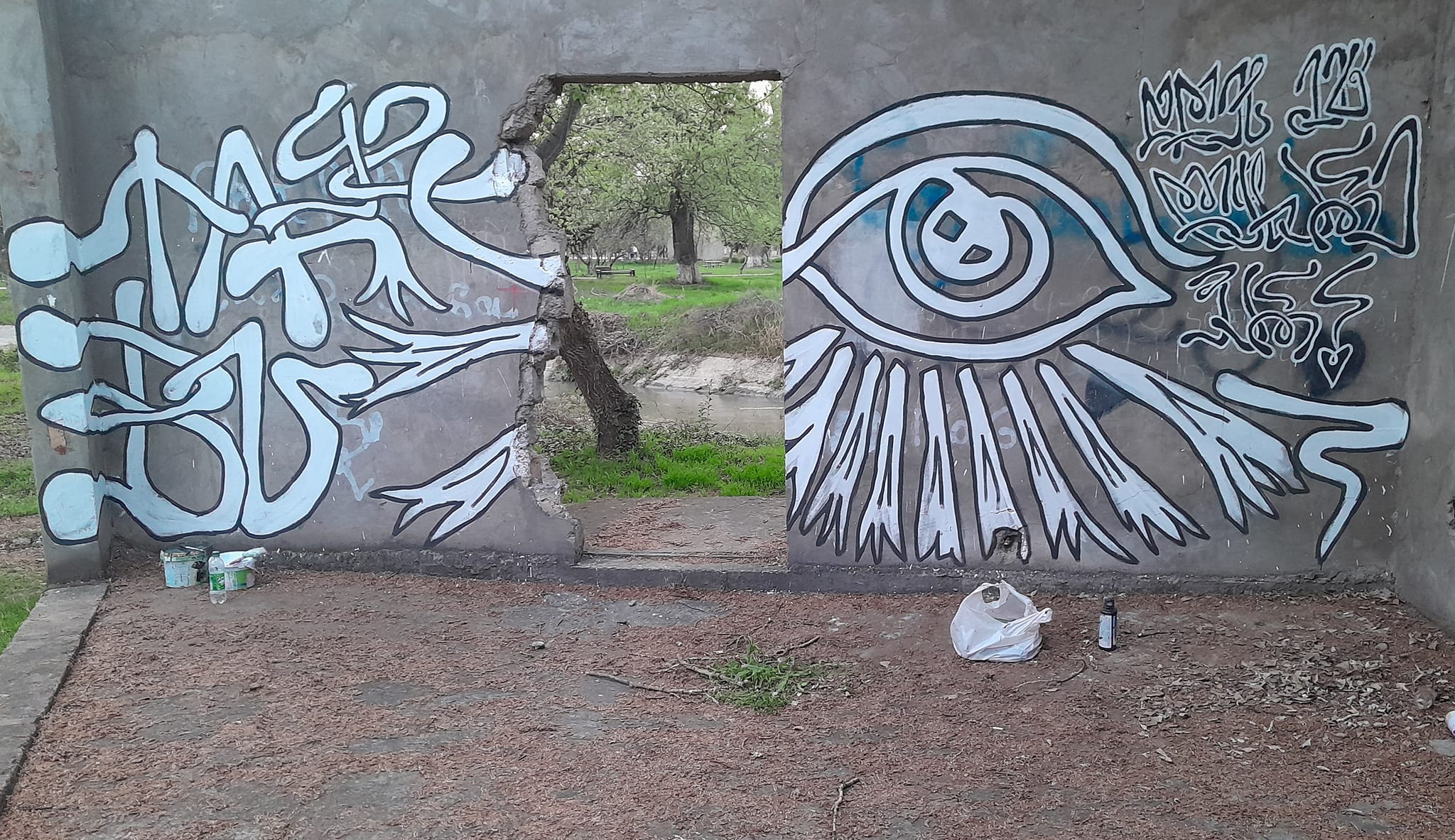
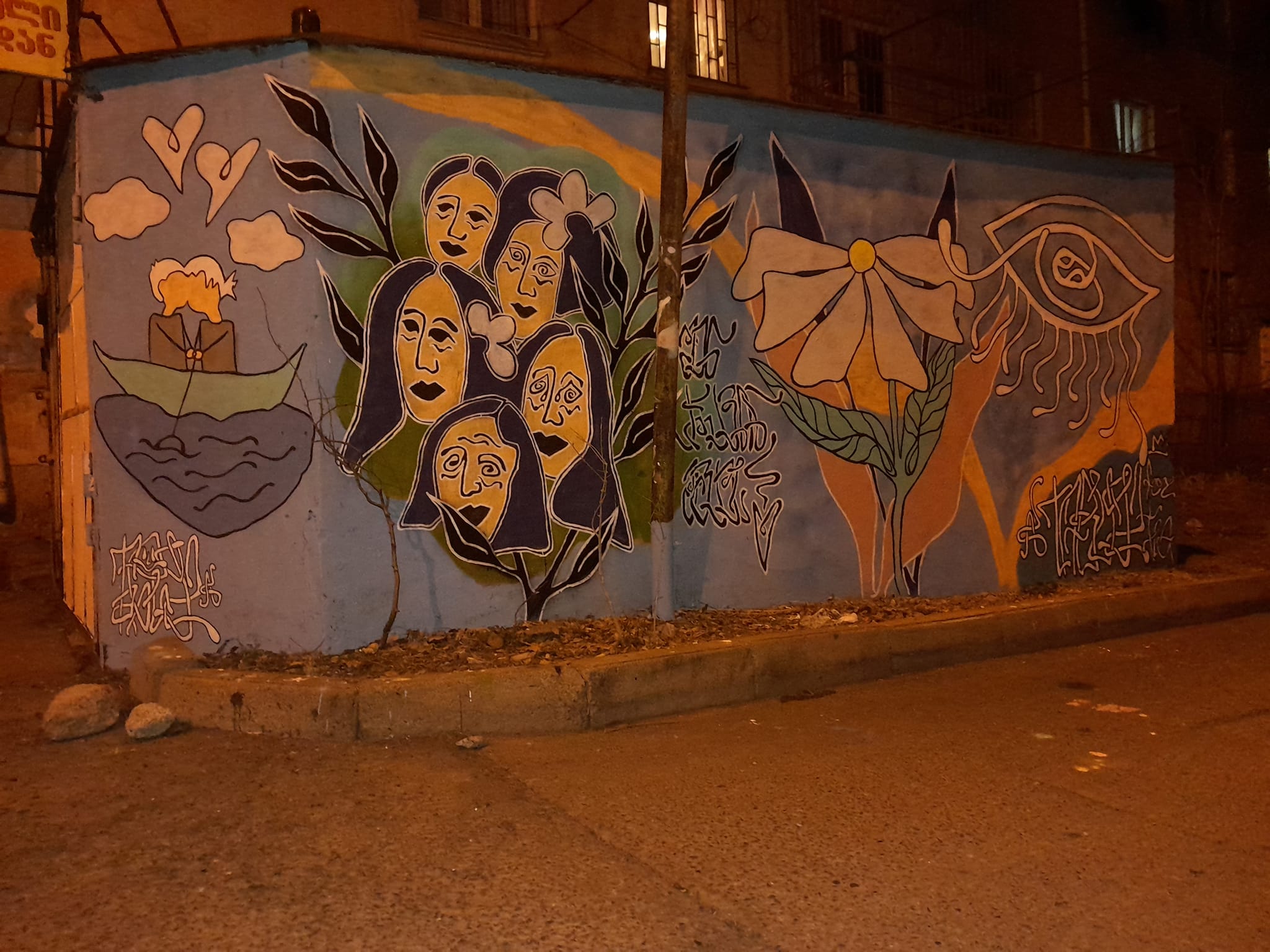
He actively maintains a YouTube channel, where new works appear on Tbilisi’s streets almost every week.
What Other Street Art Should You Look Out for in Tbilisi
- The recognizable sheep scattered across Tbilisi by Mishiko Sulakauri, an interdisciplinary artist who has moved beyond this charming motif to address social and environmental issues in his work.
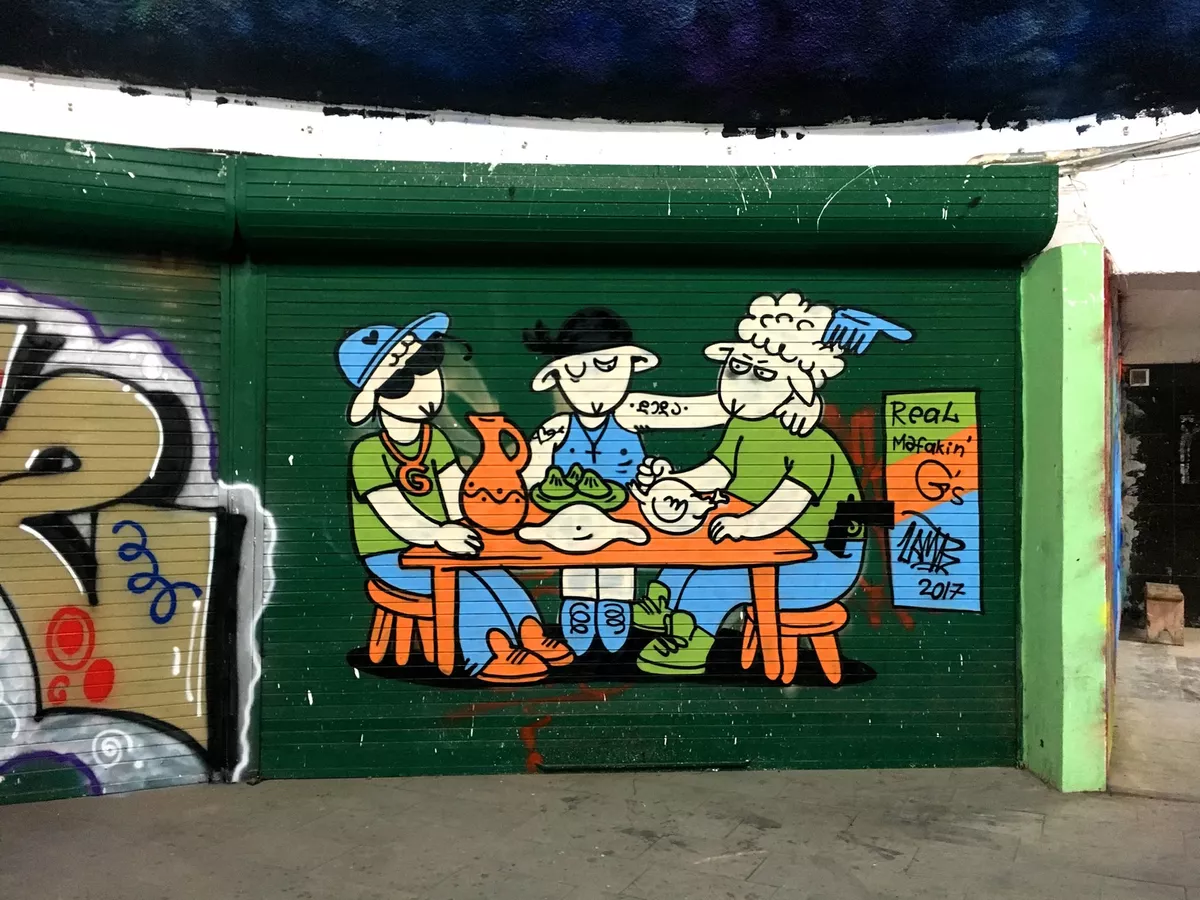
- Simple yet touching rooftop messages by sickdatired, a key figure in Georgia’s underground street art scene.
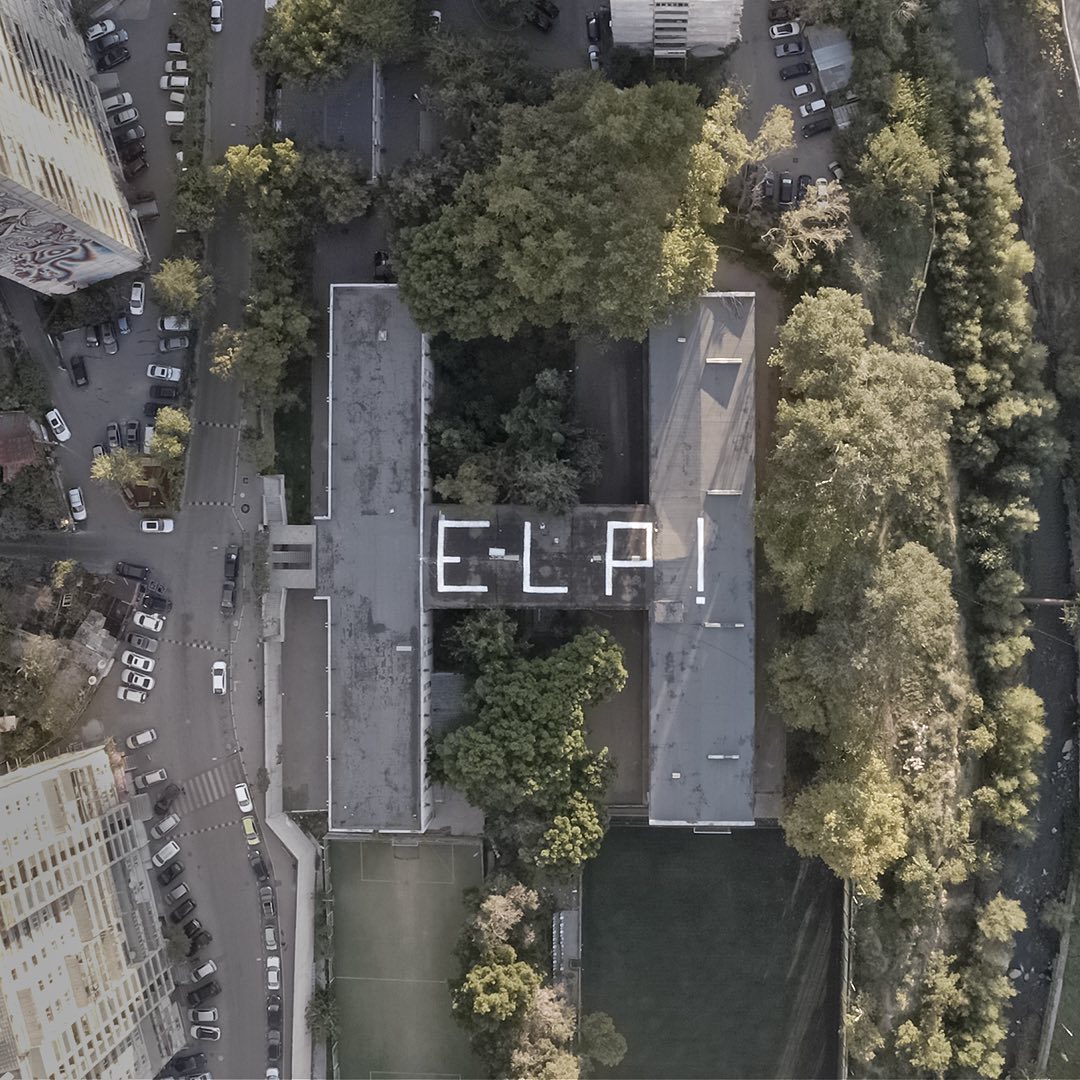
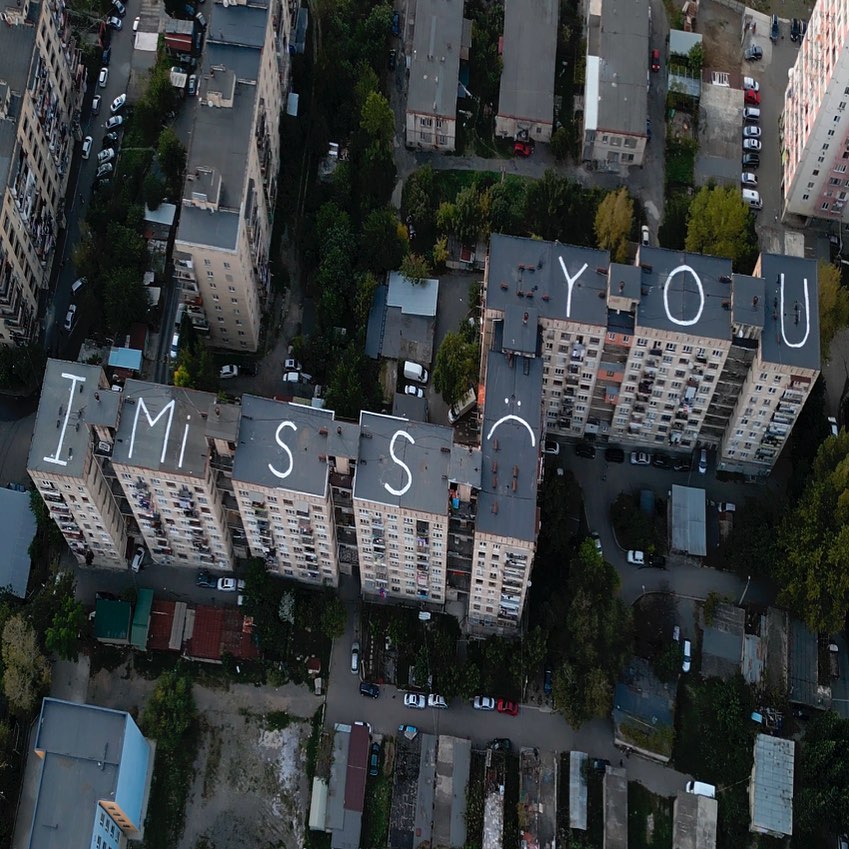
- Artistic statements by Gagosh on social and political issues, such as family evictions due to debt and Russian occupation.
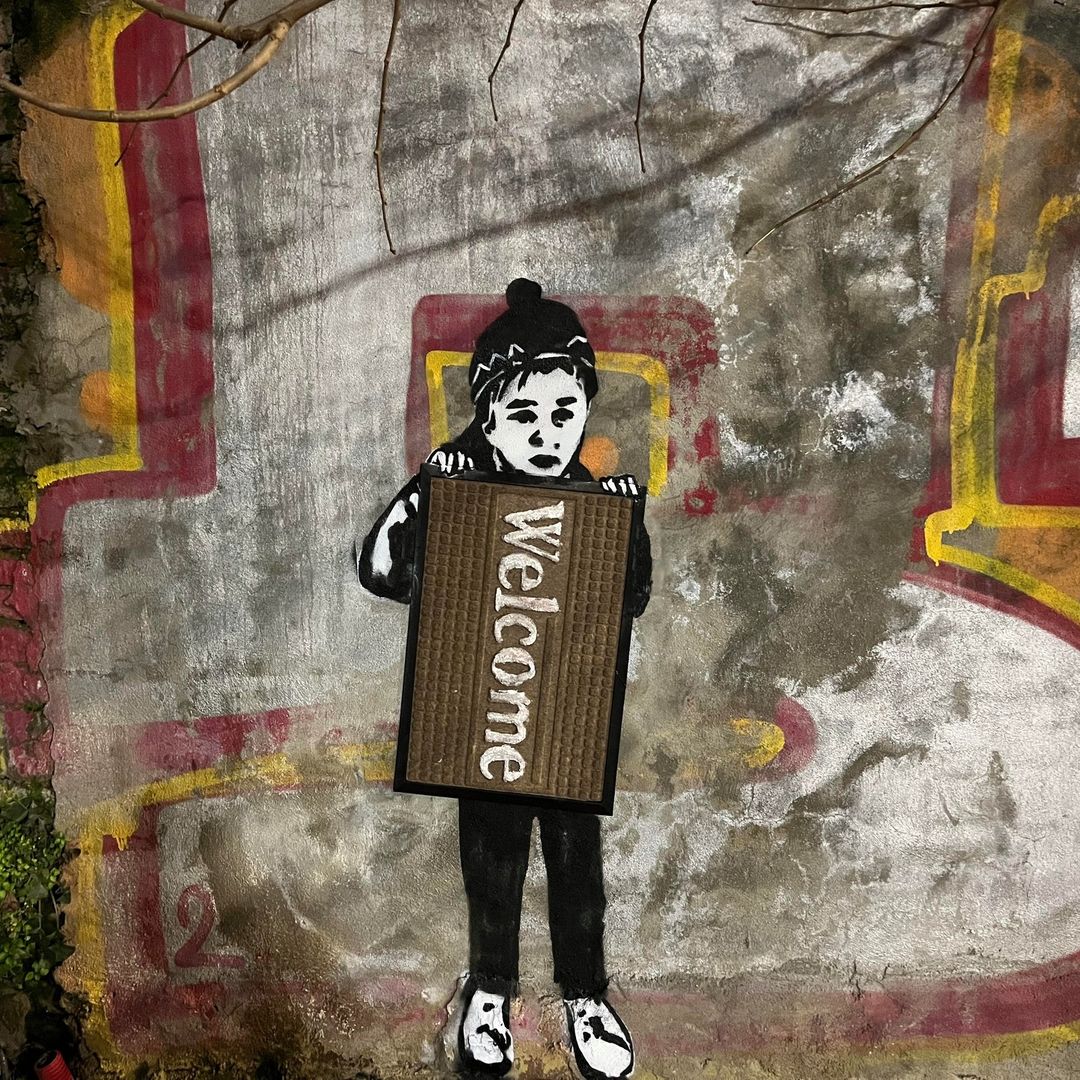
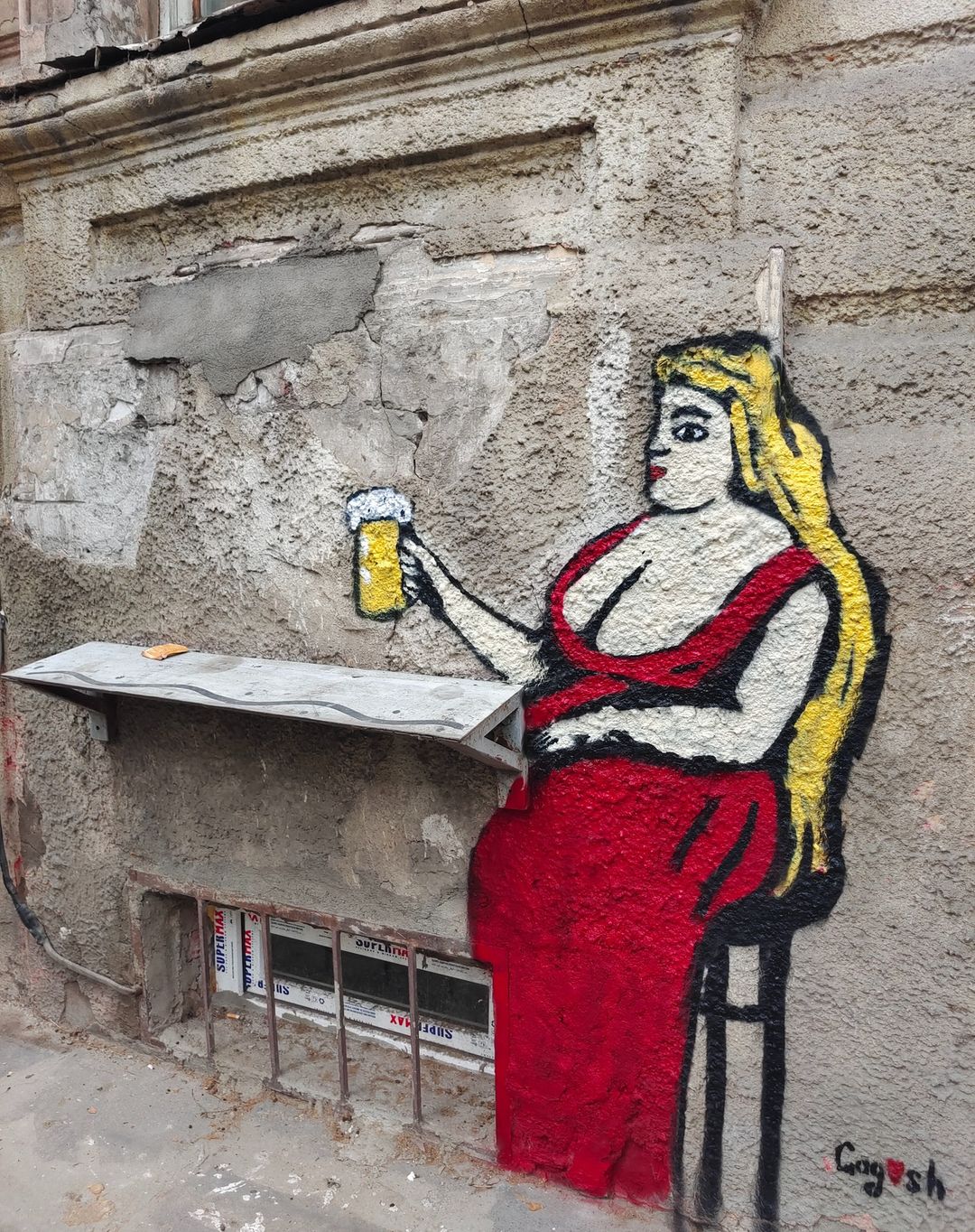
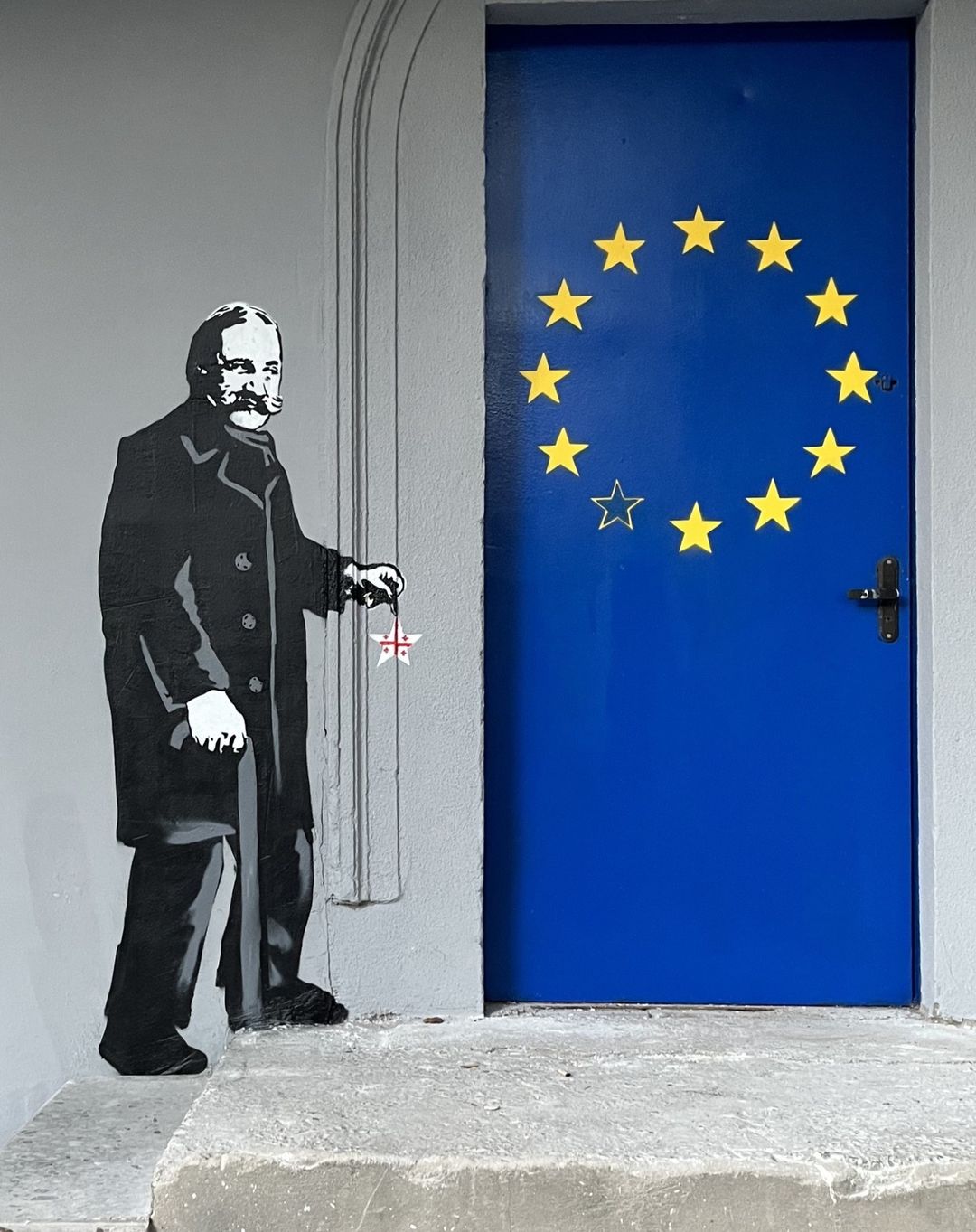
Georgia also hosts several major street art festivals, such as Tbilisi Mural Fest and Niko Street Art, where artists from around the world create large-scale urban artworks.